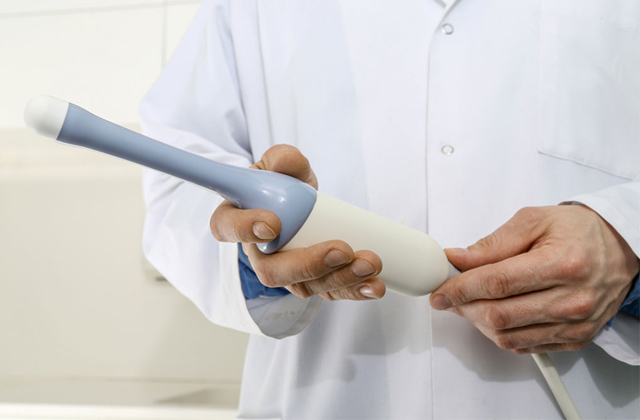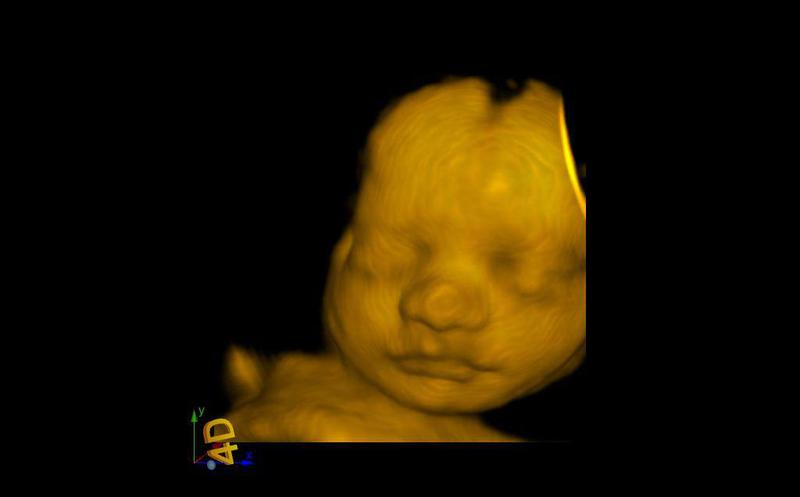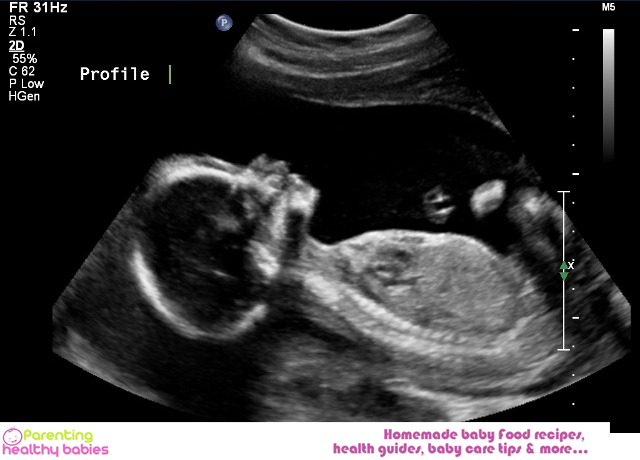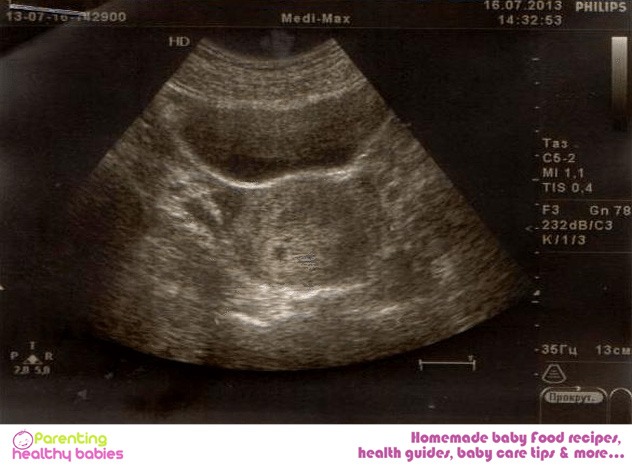For quite obvious reasons, a transvaginal ultrasound may bring in a lot of curiosity, embarrassment and quite some confusion. Ultrasound techniques are the application of high frequency sound waves to produce an image on the screen showing the insides of your body. A transvaginal ultrasound is a type of ultrasound technique where high frequency sounds are used to examine the female pelvis, wherein the structures in the pelvis, namely the uterus, cervix, ovaries, endometrium and other reproductive organs are viewed. It is highly safe, easy and very effective technique to check the female tract.
Read More: What causes bleeding after a transvaginal ultrasound?
All You Need to Know About Transvaginal Ultrasound while Pregnant
Transvaginal ultrasound- what does it feel like?
A transvaginal ultrasound is performed by a trained professional, i.e. A radiologist or a technician. Since this is an invasive procedure, you might be required to sign a consent form. If the radiologist is male, there will be a female attendant present. If not, you can request for one. It is important to calm down and it might be helpful to talk to a person who has already gone through this scan. You will understand that it is a safe, painless and easy procedure and only a part of the probe is inserted into the vagina.
After this, you will be required to remove your clothing below the waist and a transducer that is a transvaginal probe is inserted into the vagina. The doctor will move the probe a little and he will take the images if he wants and the scan is then complete.
The probe is disinfected and gel is applied over the probe. Then the probe is covered by a disposable cover, for which a latex condom is usually used. If the patient is allergic to latex, some other material may be used. Some lubricating agent is applied over the probe and then the probe is inserted. It is important to keep in mind to not use normal saline as a lubricating agent during pregnancy as it may cause harm to the foetus and may even cause abortion. The condom is discarded after use and the probe is soaked in a disinfectant between uses. All this disinfection is done to prevent transmission of various infections like bacterial vaginosis, candidiasis, etc.
The procedure is essentially painless but pain may be caused due to the pressure applied along with the uncomfortability that accompanies the scan. Although, it is not very common but pain may be experienced due to some infection in the tract.
Usually there is no problem in this procedure, but if a patient is very uncomfortable and very reluctant to go through with the procedure, she can request the doctor to stop and ask for an abdominal ultrasound instead.
Read More: Why would a transvaginal ultrasound be painful?
Indications for transvaginal ultrasound
Transvaginal ultrasound is a very useful method because it provides higher resolution, better assessment, does not emit any harmful radiation and therefore is safe for the developing foetus. The blood supply to the foetus can also be examined if a colour doppler is available.
Besides follicular studies in young women, transvaginal ultrasound is useful in early pregnancy for confirmation of pregnancy, examining the foetal heart rate and other information that cannot be obtained from a transabdominal scan.
In later pregnancies, this scan is done to examine the lower uterine segment, for the examination of the placenta, miscarriage, and for the source of any abnormal bleeding. This scan is also useful for the detection of any ectopic pregnancies. An ectopic pregnancy is where the embryo is implanted in any place other than uterus, e.g. Fallopian tube.
This scan may also be highly useful in obese patients or patients with excessive gas problems. In addition, the presence of masses can also be detected with this procedure.
Uses of a transvaginal ultrasound
Transvaginal ultrasound is used for assistance in artificial reproductive techniques. This may be in the form of multifocal pregnancy reduction. Multifocal pregnancy reduction refers to the reduction in the number of embryos a female carries, and therefore increasing the chances of the survival of the remaining embryos.
In addition, this can also be used for the transvaginal embryo transfer during ivf techniques. After the detection of an ectopic pregnancy in a woman, this procedure can be used for its management therefore bypassing the need for a surgery.
Limitations of a transvaginal ultrasound
The major technical limitation of this scan is that it has a very limited field of view and it is possible to overlook structures that are out of the field.
To visualize maximum structures, the scan is done with a full bladder followed by a scan with an empty bladder. Though mostly, the scan is performed after getting the bladder empty.
Read More: What Should I Expect on My First Baby Ultrasound?
Some other things to keep in mind
Can fallopian tubes be examined?
Fallopian tubes are usually not seen in this ultrasound, but it can be examined in the cases of hydrosalpinx, which is the filling of the fallopian tube with water; or pyosaplinx, which occurs when the fallopian tube is filled with pus.
Why does bleeding occur after a transvaginal ultrasound?
Bleeding almost never occurs during or after this scan, but it may rarely occur in the conditions called placenta previa which is an abnormal position of the placenta. It may also be due to a condition called cervical erosion wherein a little bleeding occurs. Normally, if you experience bleeding after the scan, there is a very high probability that the blood was already pooled in the vagina and probe just disturbed it to come out.
Cramping after a transvaginal ultrasound
Patients may experience a little cramping after the abdominal scan, but it goes away in a day or two mostly. It is mostly normal, but it may be caused due to a little injury to the cervix and other organs, although it is highly unlikely.
When to not perform a transvaginal ultrasound
Transvaginal ultrasound is mostly performed after a regular transabdominal ultrasound and your doctor will know when to perform it and when to not, but it is important to remember that there are almost no risks involved with transvaginal ultrasound during pregnancy.
However, if the waters are broken and you are not in labour, it is not advisable to do this scan due to the risk of transmission of infection directly to the baby.
Overall, this is a very safe procedure and takes about 15-30 minutes. The results are produced immediately or within a day. If you still remain uncomfortable with the idea of a transvaginal ultrasound, you should talk to a friend who has got this done. However, there should be no worry around this topic because this is amongst the best scans available during pregnancy and people should go for it.
Read More: How Soon Can an Ultrasound Confirm Your Pregnancy?
References
https://www.ncbi.nlm.nih.gov/pmc/articles/PMC5532046/
https://www.insideradiology.com.au/transvaginal-ultrasound/













